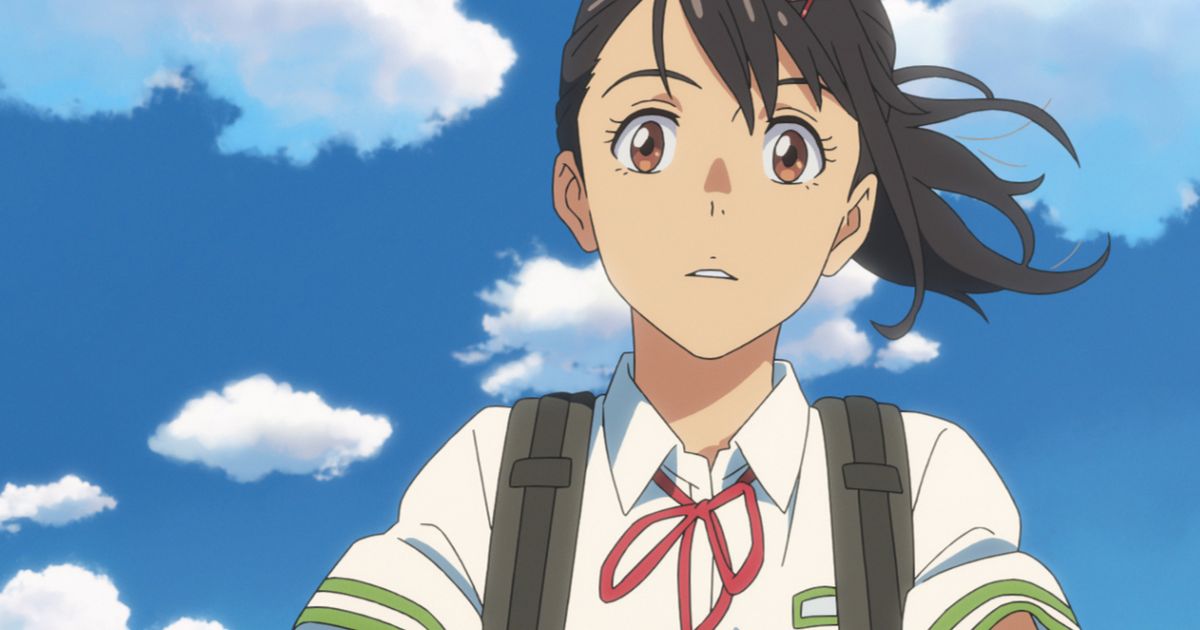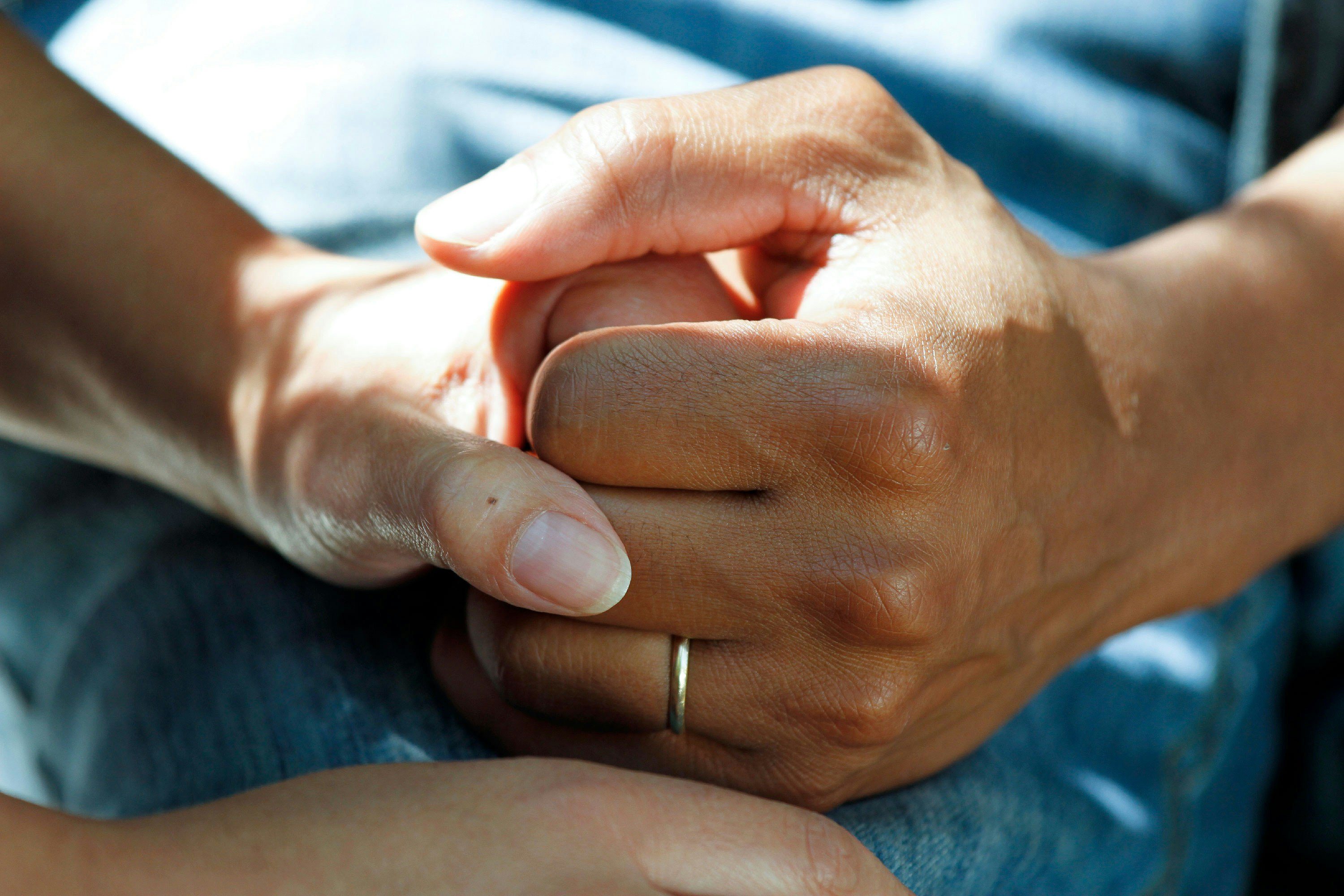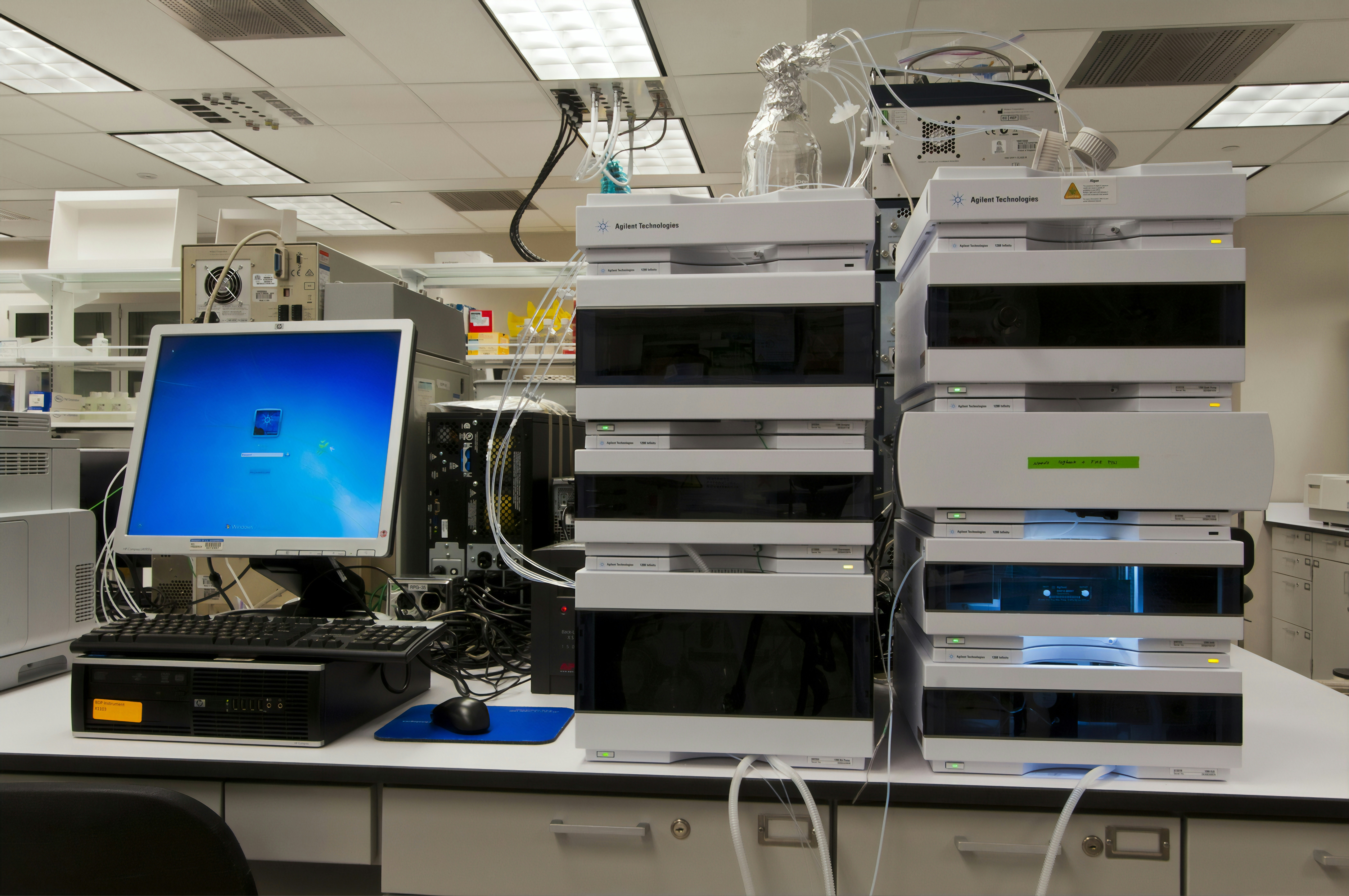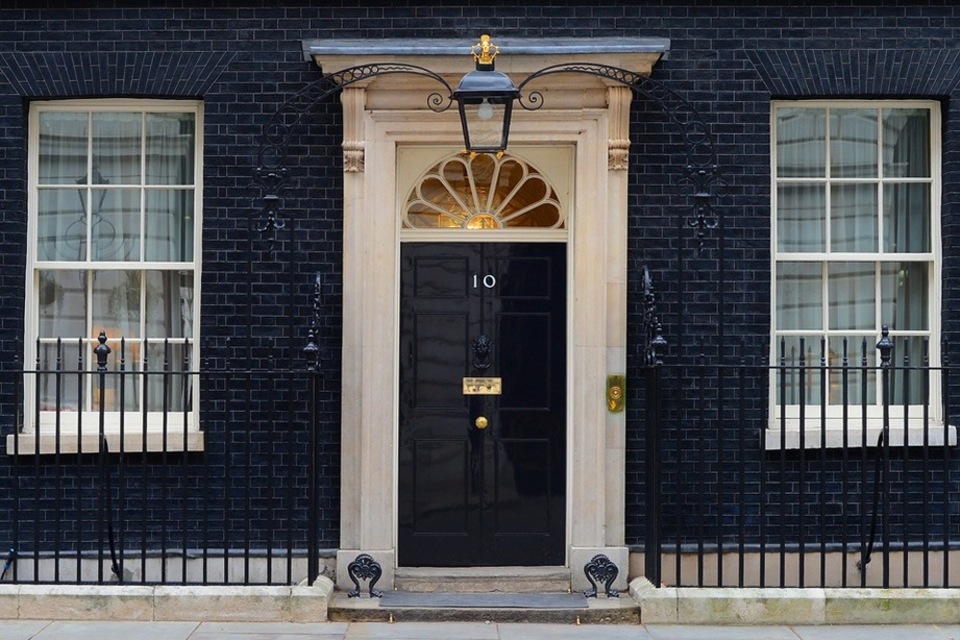
The King of Melancholic Anime Wants Us to Reckon With the Past
Makoto Shinkai is the king of melancholic anime. Although American audiences are perhaps most familiar with his 2016 critical and commercial hit Your Name, he has been telling deeply emotional stories of loss with sweeping, fantastical visuals for over 20 years, using genre to speak to the issues and sentiments of the moment. The 2011 Tōhoku earthquake and tsunami hit while the filmmaker was in production on Children Who Chase Lost Voices, which eventually moved him to build movies around natural disasters with Your Name and Weathering With You. For the past ten years, Shinkai has been gathering the courage to make Suzume, his new film in U.S. theaters now.
Through the titular Suzume, a teen girl still reeling from the devastation the 2011 earthquake unleashed on her family, the film touches on not only that disaster but also Japan’s shrinking population and the many abandoned houses and buildings left behind. It is darker and more meditative than his prior two films, leaning less on romance and song breaks. And in Shinkai’s own words — relayed to Vulture via a translator — the film especially resonates in the aftermath of the Turkey-Syria earthquake, which loomed large over the film’s international premiere.
There’s a sense of melancholy in all your work, from your shorts to your features. Why does that interest you?I think it is because I myself am a melancholic person. In Japan, we consider there to be four basic emotions and personalities. There’s ikari, or anger, yorokobi, or joy, tanoshii, meaning fun, and kanashimi, which is sadness. Everyone is one of these types, and I am kanashimi, or melancholy. That is why, in my movies, the main character is a melancholic person who is dealing with a big sense of loss, even if they don’t know why. But throughout the story of the movies, they always find a way to cope with their sadness and heal. They learn something.
Suzume is very different compared to your recent work. It is darker, more mature, and has less of a teen romance element. What inspired that change in tone?For Suzume, I wanted to do a movie that felt different from what I have done before, so I decided to make a road-trip movie. The closing of the different doors gave me an opportunity to explore all these different places across Japan, to go from Kyushu in the south to Ehime, then east to Tokushima to Tokyo, before finally traveling to Tōhoku, the site of the earthquake. Because I knew we would end in Tōhoku, it had to be darker and more serious than something like Weathering With You.
As we visit all these abandoned places, we also feel the people who once lived there, and Suzume and Sōta mourn them, so we don’t forget that these are more than just buildings, but places where people lived. Japan is full of abandoned places, houses, and buildings, and it is not just because of natural disasters but the population decline and people moving to the big cities, too.
This being a road-trip movie, what was it like re-creating so many different places, real places, as opposed to staying in Tokyo like in Your Name and Weathering With You?We did a lot of research and had a team that looked into the different flora and even the fauna of all these places. We also went location scouting to find the right places to include in the movie and make sure it looked faithful to those real places. Especially when we get to Tōhoku, I wanted it to look like it did on 3/11, the day of the Great Eastern Japan Earthquake. We even looked at photos from the disaster and re-created them in the movie. Even though I was living in Tokyo and wasn’t directly harmed by the earthquake, I think it still drastically changed the way I think. Japanese society as a whole changed that day.
This movie uses very different music than your previous two movies, and there are fewer songs. Can you talk about finding the right musical sound for Suzume?For my last two movies, I collaborated with Yojiro Noda and Radwimps because I am a fan of their music and wanted to include it in the movies. But Suzume is darker and, as I said, has a more serious story, so I wanted a different sound, something more Hollywood. So we found a Japanese composer in Hollywood, Kazuma Jinnouchi, and he collaborated with Radwimps on the music. I think Jinnouchi gave weight to the music that I hadn’t had in my movies before.
In Japan, it is impossible to separate yourself from natural disasters because they are happening below your feet all the time.
The 2011 earthquake looms large over the plot, and its aftermath deeply affects Suzume and some of the other characters. Your previous two films dealt with natural disasters in a more indirect way. What made this the film in which you wanted to address that destruction directly?I wasn’t going to include Tōhoku at first. Originally, I thought this could be just a fun road-trip movie of these two characters traveling across Japan. The Japan of today is full of these abandoned places, so I wanted to include them, and that meant inevitably going to the site of the earthquake — one of the biggest abandoned places.
And that is a place with a lot of pain and a lot of memories, but it has also been more than ten years since the Great Eastern Japan Earthquake, so a lot of young people are starting to forget, and that is my target audience. I decided to make Suzume as a way to talk to young people and remind them and as a way for them to connect to the older generation like me who lived through the Great Eastern Japan Earthquake and remember it and help them heal.
I was surprised by the character of Sōta, particularly the CG animation style of his chair form. Why is that particular character animated in three dimensions?I wanted a cute, funny character because the movie is already very dark, and a cute chair could make it more entertaining. I chose the chair because his limited movement is cute. Originally we tried hand-drawn animation for the chair, but he looked too soft, too cartoony. He is supposed to be a hard, rigid object, but he looked too alive. So we went with 3D so it could have awkward movements and hardness, while still retaining the feeling of a cute hand-drawn character.
You like speaking to audiences at Q&As after the release of each of your films and have talked about working that feedback into your next project. Why is this dialogue important to you?To me, making films and being a director is like having a conversation. Hopefully, my movies are talking to the audience and expressing my ideas, but I don’t hear back from the audience. So I like to have Q&As after screenings. And, yes, sometimes I get ideas from these conversations, and I incorporate them into my work.
Like you said, it’s been over a decade since the 2011 earthquake and some people have begun to forget. When a disaster as similar as the recent Turkey-Syria earthquake strikes, does that help you see your own film in a different way? First, I hope the people in Turkey are okay and that they are able to recover. In Japan, it is impossible to separate yourself from natural disasters because they are happening below your feet all the time. There used to be a period of about 40 years where we had no natural disasters, but since the Great Eastern Japan Earthquake, they are becoming more and more common. And it is more than just earthquakes; we also have floods, climate change, and, of course, COVID. I hope Suzume serves as a message of hope because the movie makes it clear that Suzume survived, that she grew up fine, and I hope the movie can remind people that they can be okay after a disaster.
After the 2011 earthquake, I wanted to take on some sort of role. I am an animation creator, and that is what I am good at, so that’s what I think I can offer to help people. I can offer entertainment that also is impacted by disasters. In the film, if you can feel for Suzume and feel what she feels, you can briefly experience what those who lived through these disasters felt and hopefully heal with her too.
This interview has been edited and condensed for clarity.




































































